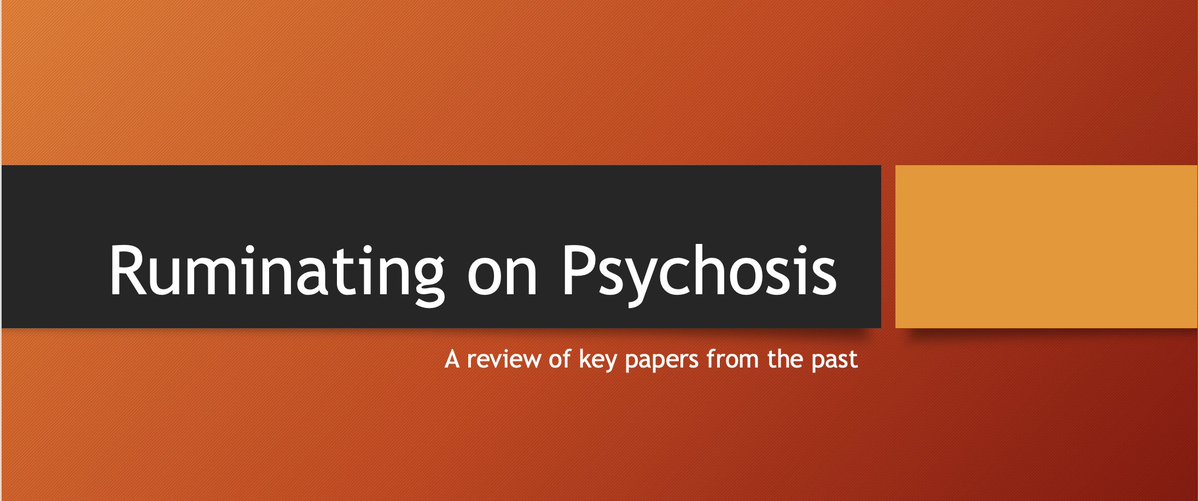
How to get URL link on X (Twitter) App


 1. Delay et al. (1952). Therapeutic use of phenothiazine (4560 RP) in psychiatry. Annales medico-psychologiques.
1. Delay et al. (1952). Therapeutic use of phenothiazine (4560 RP) in psychiatry. Annales medico-psychologiques.

 1938-1963 -
1938-1963 - 

https://twitter.com/robwipond/status/1867707552546664811I have the perspective that psychiatry is anchored on truth. I (the psychiatrist) am honest with you; in return, you trust me with your most intimate thoughts. This is an great responsibility. To live up to this task, psychiatrists must be as fair as possible to the evidence. 2/


 Problem #1
Problem #1
